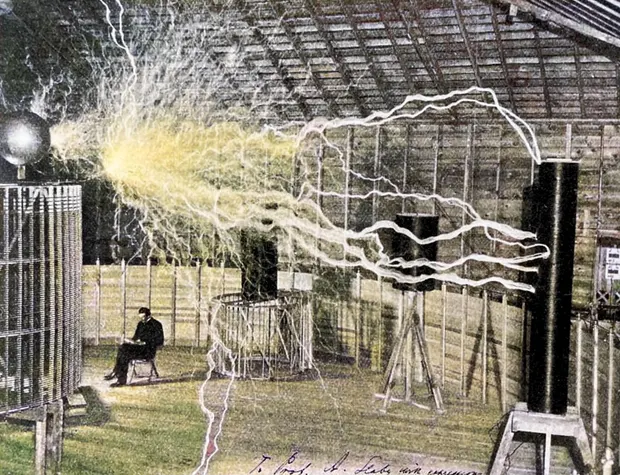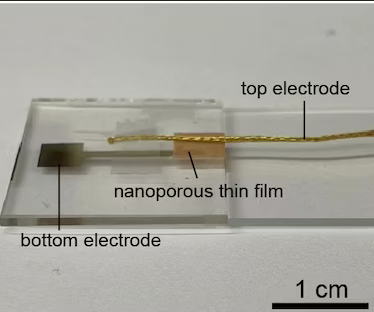During the dawn of the 20th century, the visionary Serbian inventor Nikola Tesla harbored an extraordinary aspiration to extract boundless and free electrical energy from the very air encompassing us. Alas, his ambitious dreams were regrettably left unrealized. However, the alluring prospect of harnessing electricity derived from the air, known as hygroelectricity, has resurfaced and sparked fervent curiosity among contemporary researchers.

In the month of May, a distinguished team hailing from the University of Massachusetts (UMass) Amherst unveiled a remarkable breakthrough. Their groundbreaking research culminated in generating a modest yet uninterrupted flow of electricity by harnessing the humidity in the air.

A remarkable trio, consisting of the distinguished Prof Svitlana Lyubchyk and her equally accomplished twin sons, Profs Andriy and Sergiy Lyubchyk, are trying to scale up and commercialize the same.
Svitlana Lyubchyk and Andriy, members of the Catcher project based in Lisbon, whose aim is “changing atmospheric humidity into renewable electricity. In an endeavor to bring their groundbreaking research to the masses, they have established CascataChuva, an innovative startup to propel this transformative technology into the realms of commercial success.
The Catcher initiative and its affiliated endeavors have received a staggering sum of €5.5m (£4.7m) by the European Innovation Council. The outcome of this investment manifests itself in the form of slender grey disc, measuring a mere 4cm (1.5in) in diameter.

A single unit has the capacity to produce a humble 1.5 volts and 10 milliamps. However, envision a scenario where 20,000 of these units are arranged within a cube of dimensions akin to a washing machine; the astonishing outcome is the generation of a remarkable 10 kilowatt hours of energy per day. To put this into perspective, such an amount is equivalent to the energy consumed by an average household in the United Kingdom.
Furthermore, it is truly remarkable that they intend to present a fully functional prototype for public exhibition by the year 2024.

The Lyubchyks anticipate that in the initial stages, the levelized cost of energy derived from these devices may appear steep; however, through the pursuit of mass production, they aspire to substantially diminish this figure, ultimately rendering hygroelectric power on par with the competitiveness of solar and wind electricity.
The team acknowledges that the process of refining a prototype and expanding production may require a considerable amount of time, yet the potential rewards are undeniable. In contrast to solar or wind energy, hygroelectric generators possess the remarkable ability to operate ceaselessly, both indoors and outdoors, transcending geographical limitations.
Reference- New Horizon, CascataChuva website, Catcher project website, Interesting Engineering, The Guardian






